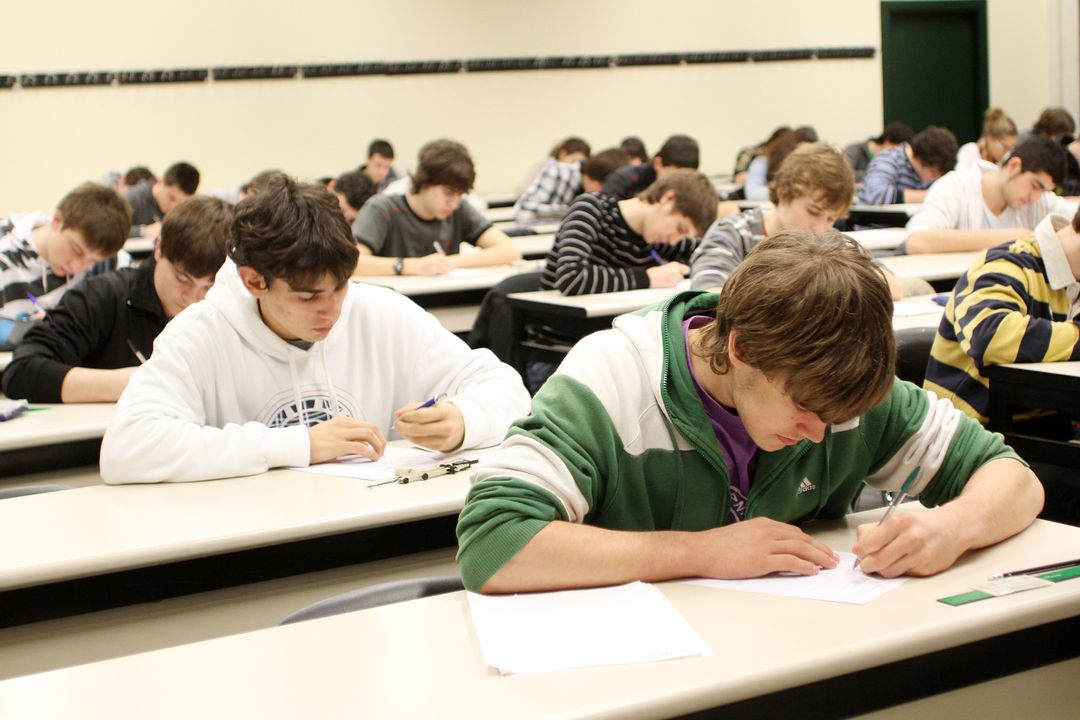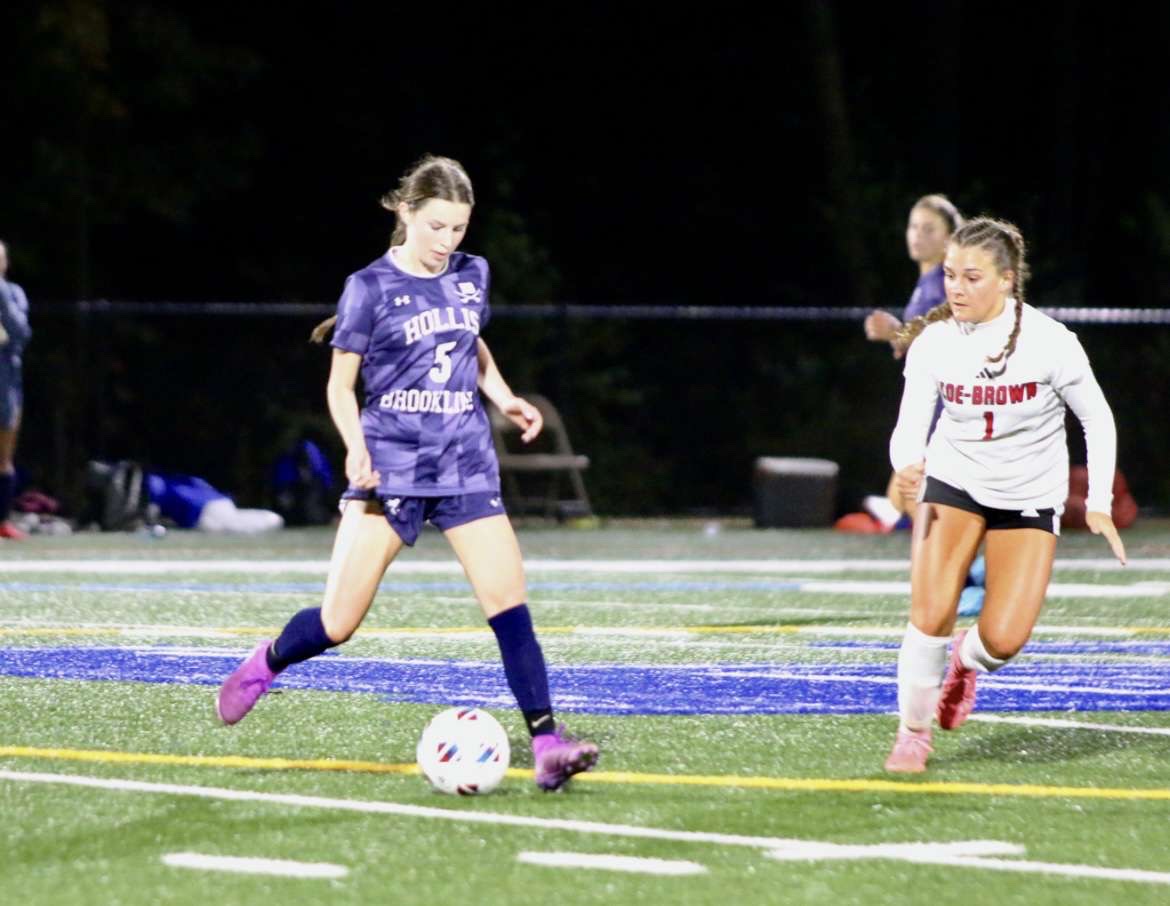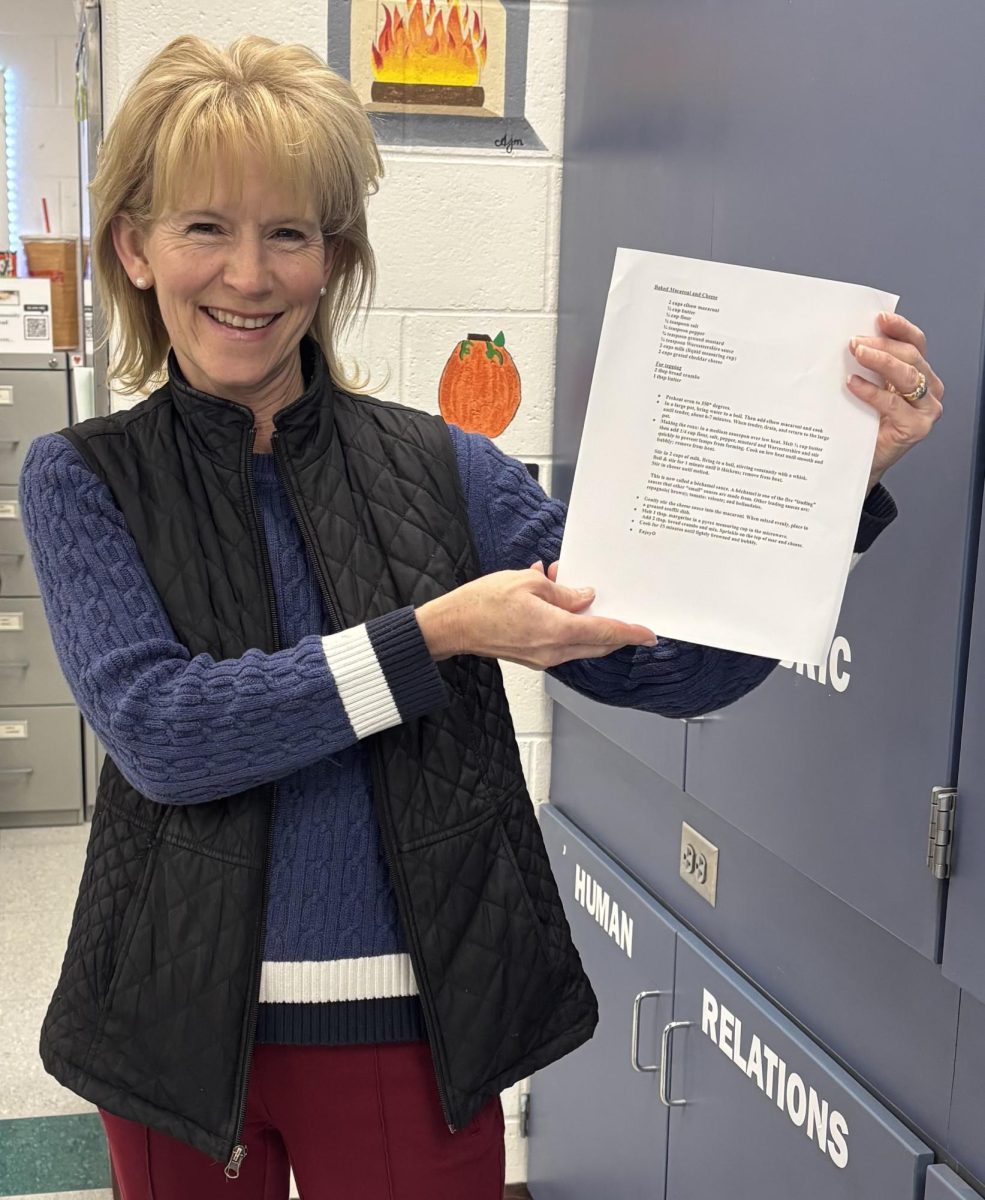Grades are a central part of a student’s educational experience. Through the CavChron’s investigation into Grading Structures & Practices, we hope to shed light on Grading Philosophies, Rapid Grade Access, Midterms & Finals and Class Rank.
As midterms creep closer, students and staff at Hollis Brookline High School question whether midterms and finals are an essential part of the high school experience. Last year, significant changes took place. By revisiting the way these exams were weighted because of the COVID-19 pandemic, the school board decided to change it from 5% of a student’s grade back to the original 10%. During this change, debate among students arose. Some strongly agree that it should be reduced to 5%, while others are glad by the return of the 10%. The question still lingers: do midterms and finals legitimately hold importance?
Back in the day, Hollis Brookline had the option of a minimum and maximum percentage that teachers could use to determine how much their exams would count. Because there was so much variation from class to class, the administration decided to standardize the percentage level of these tests. This way, exams such as midterms and finals were made to be fair and equal among all classes for all students. By implementing this, during Professional Learning Communities (PLC), teachers are able to collaborate with each other to have common grading practices, common formative assessments and common summative assessments, so, across a specific class, students should have the same midterm and final. This rules out inconsistencies in grading and testing that were previously happening.
One of the major debates of midterms and finals was how much they should count towards the overall grade. The year 2021, the peak of the COVID-19 virus, greatly impacted high school students. Students were filing into school with masks to protect themselves. With students and teachers out for long periods, the administration decided to lower the percentage of finals and midterms to 5% to relieve some of the stress.
Principal Tim Girzone explained that it was not an easy decision. Many factors were taken in order to come to this conclusion. Just in that year, it took so much effort for teachers to try and teach students, and to keep them engaged after being online last year. It was also lowered because the sophomores of that year never took midterms and/or finals, so it gave them a chance with the freshmen to get used to it. Last year it was brought back up to 10% because COVID-19’s effect had worn off and students and teachers were back to their normal practices.
While others liked this, some did not share the same sentiment. “5% does have an impact on students. It promotes studying and preparing for the midterm and final which prepares them for college without having a potentially devastating effect on them,” said Kathleen Brown, mother of two current students and one graduated student at Hollis Brookline High School. Spanish teacher Kirsten Roy, who teaches multiple levels of the language, shared similar thoughts to Brown’s statement and added, “While one might say it’s not much of a difference, I think to a student it feels better, and ultimately I want students to feel successful.”
Some students also have alternative ideas for this conflict. “Some schools in Massachusetts, where if you have a high enough grade in the class you can get out of taking these tests. I want to advocate for that because if you’re putting the time and effort all throughout the semester that’s a good reward,” said junior Angelina Costa ‘25. A charter school in Florida called Somerset Key Academy already does this, but with more specific requirements.
Most staff at Hollis Brookline agree that midterms and finals are effective at helping students prepare for college. It allows students to positively grow academically by giving them the chance to try and experiment with different studying methods that help them. “This skill is a life skill, it’s how do you go back and gather what you think is important which is another skill that students lack. They don’t know what’s important because teachers tell them what’s important,” explained Roy.
Unfortunately, this pressure leads some students to cheat during the exams. Failing to study ahead of time or feeling overwhelmed, some students may resort to cheating. The New York Times interviewed a student from Stuyvesant High School who explained that he found it easier to write a cheat sheet of chemical reactions rather than studying for the exam to catch up on other homework or sleep. While exam weeks can be stressful, finals and midterms allow teachers to see how well their students are retaining information as well as if they have been truly paying attention in class.
Midterms and finals have their ups and downs; they are good for students as they can help with academic growth and a good challenge. It might be daunting and stress-inducing just thinking about them, but they serve as a valuable learning experience like time management, knowing the content, and perseverance. When high school students are able to take this opportunity it helps them emerge with skills that can make them thrive with their future education.






![Dr. Barry teaches his son Benin karate as part of a class he provides for school-aged children across Brookline. “I happen to have [karate classes] thrown into the mix of what I do here, because it’s something that I have to offer,” he says. “I enjoy it, I can do it, and I can offer it freely.” (Courtesy Brian Barry)](https://cavchronline.com/wp-content/uploads/2025/04/Man-of-Many-Talents-Brian-Barrys-Service-to-Brookline.jpg)
